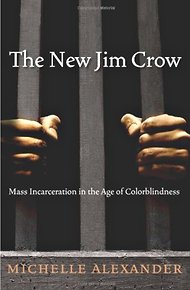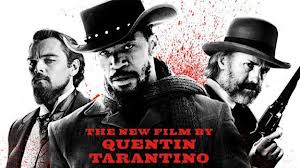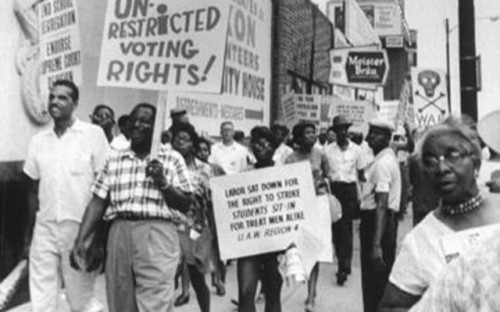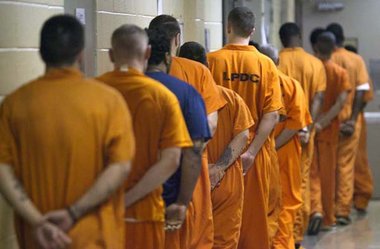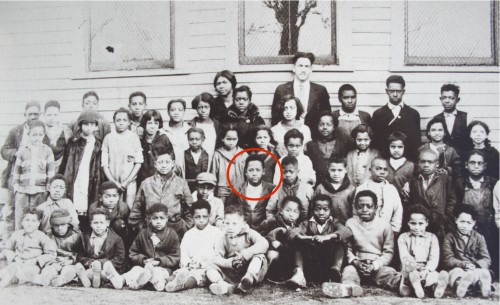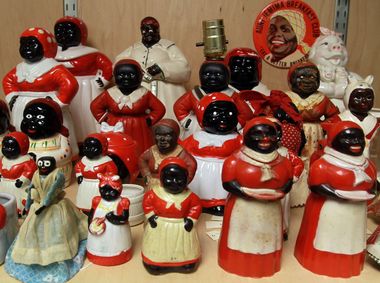Search Results
Three people on death row have had their sentences changed after successfully proving racial bias in their cases.
Read More >Check out these stories on the big screen if you want to learn more about the enslavement of African people.
Read More >From about 1900 to 1965, most African Americans were not allowed to vote in the South. White people in power used many methods to keep black people from voting. Some of these methods also prevented poor white people from voting. Today there are still laws and customs that make it harder for African Americans, other minorities, and some whites to vote.
Read More >One higher education leader has offered a suggestion that could help Black inmates and lead to rehabilitation.
Read More >Research finally supports what people of color have known all along: there is racial bias in the criminal justice system.
Read More >Louisana is no stranger to prisons, thanks to its extensive private prison system that regularly employs slave labor.
Read More >History Galleries and Special Exhibits This is the museum’s lobby. From here you can choose which gallery to enter. There are seven History Galleries. These tell the story of the…
Read More >This exhibit pays tribute to people who fought hatred and injustice in the Jim Crow period. Some of these are well-known; others are unsung, ordinary people. Every quarter we will add more stories about the many heros of this era.
To inaugurate the exhibit, we present three unsung heros who opposed the infamous lynching in Marion, Indiana in 1930: Flossie Bailey and Grace and William Deeter.
Read More >James Cameron was just sixteen in 1930 when he and two other teens were lynched in Marion, Indiana. His friends were killed but, miraculously, James survived. He spent a year in jail awaiting trial for the murder that triggered the lynching. He was sentenced as an accessory before the fact and served four years in the Indiana Reformatory with hardened adult criminals.
Cameron believed God saved him for a purpose. He left prison resolved to do something “worthwhile and God-like.” He spent the rest of his long life working to help us understand this tragic chapter of American history. Dr. Cameron showed us how to cope with our painful legacy through love, justice, and reconciliation.
Read More >If you want to dig deeper into the issues of the Jim Crow era, this extensive bibliography will get you started.
Read More >- « Previous
- 1
- …
- 4
- 5
- 6
